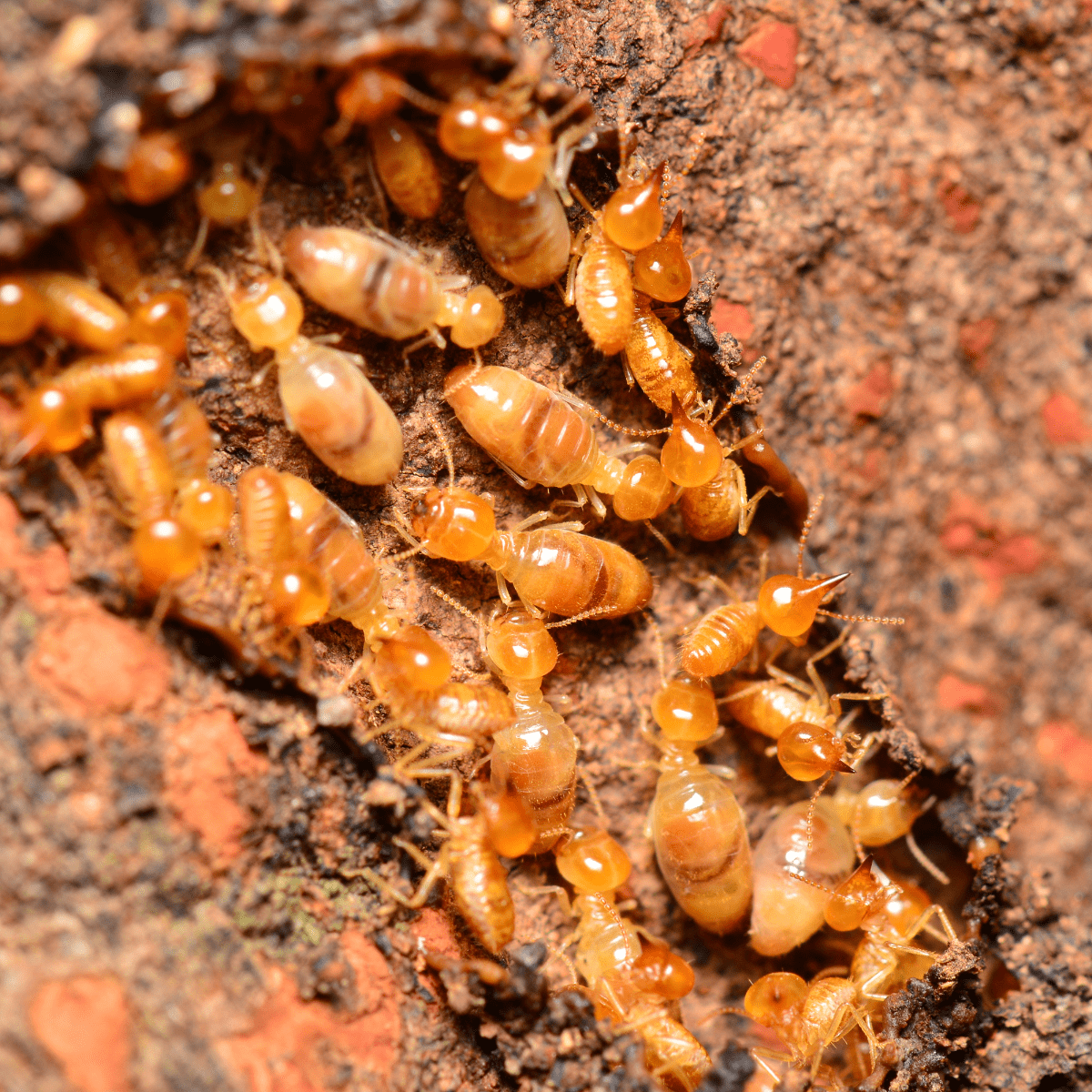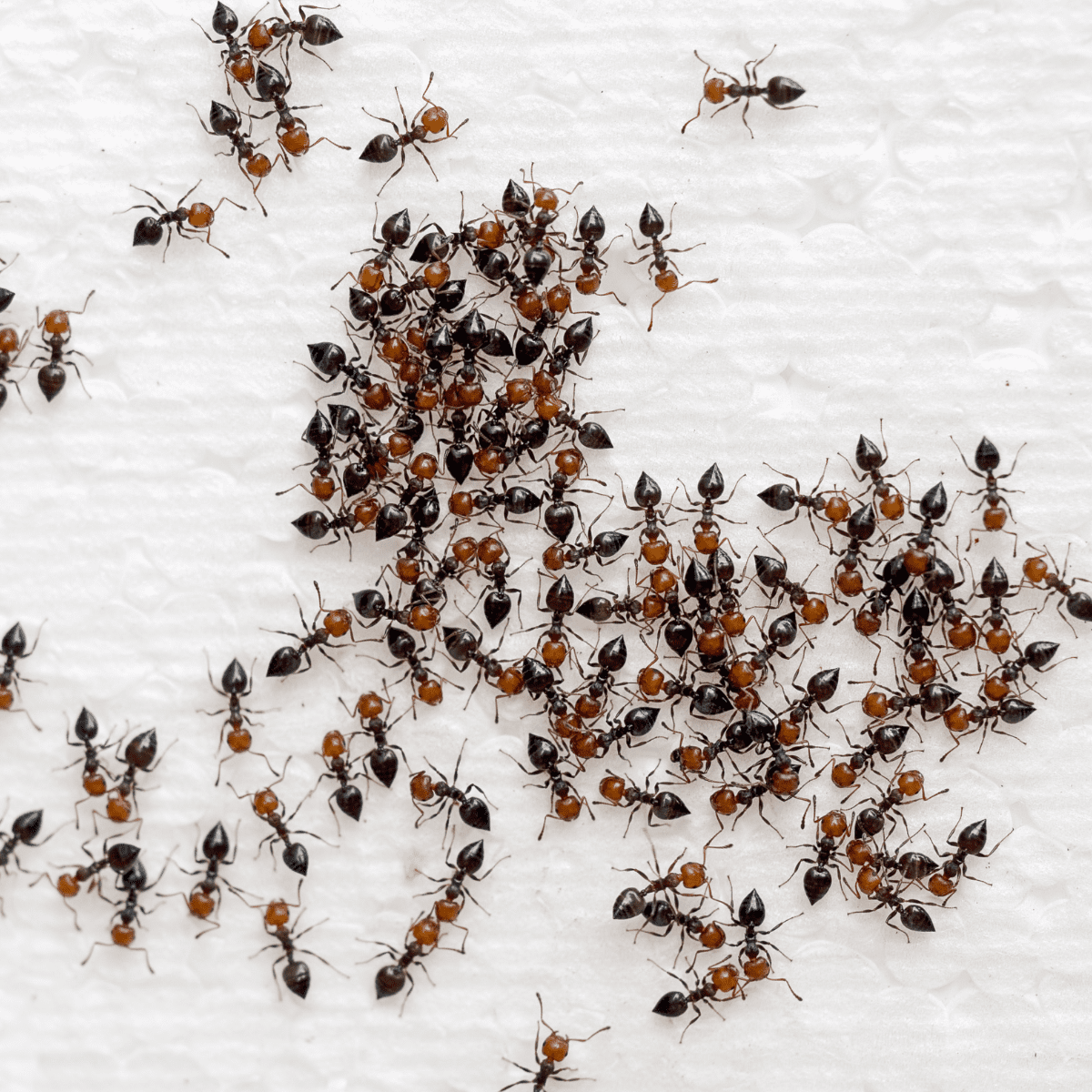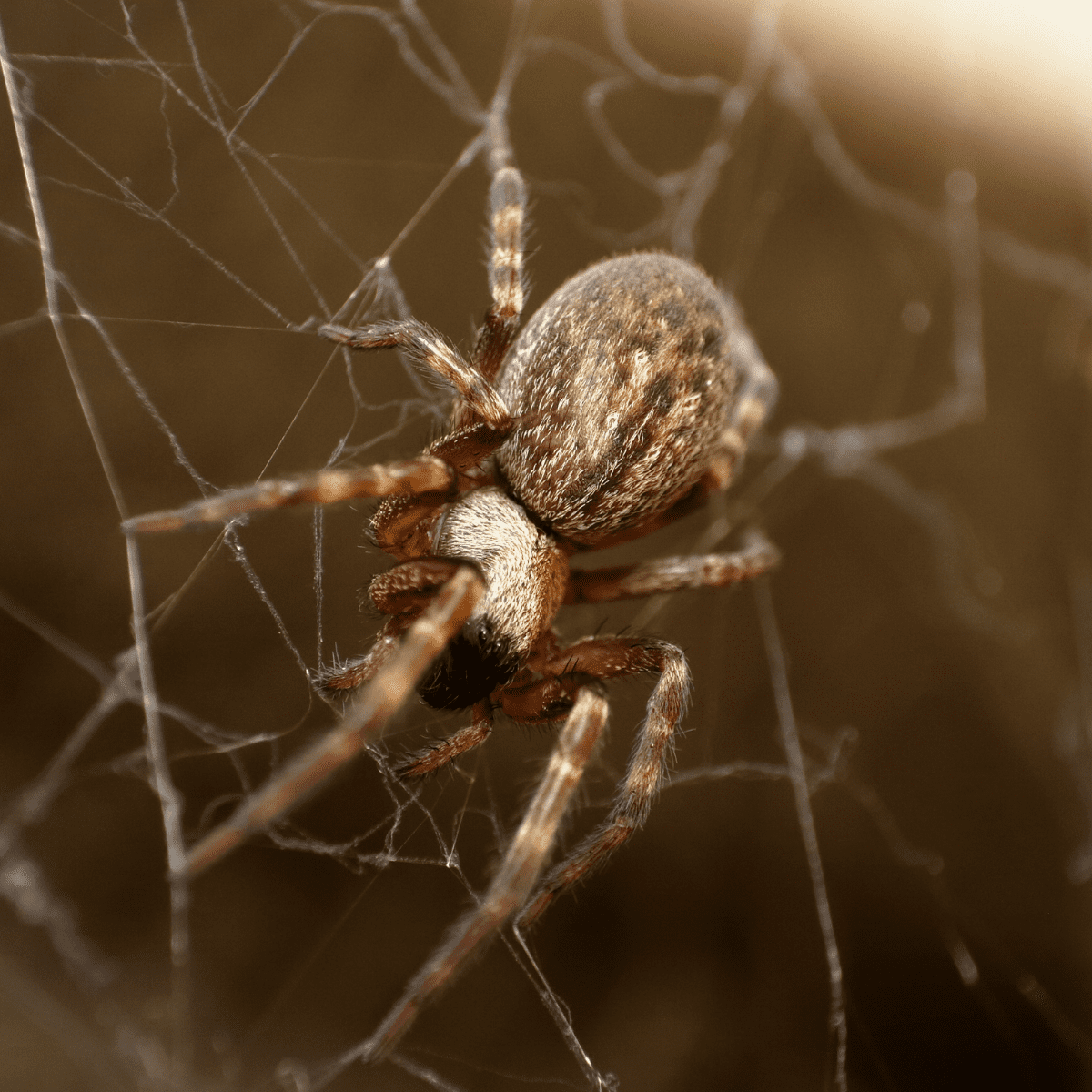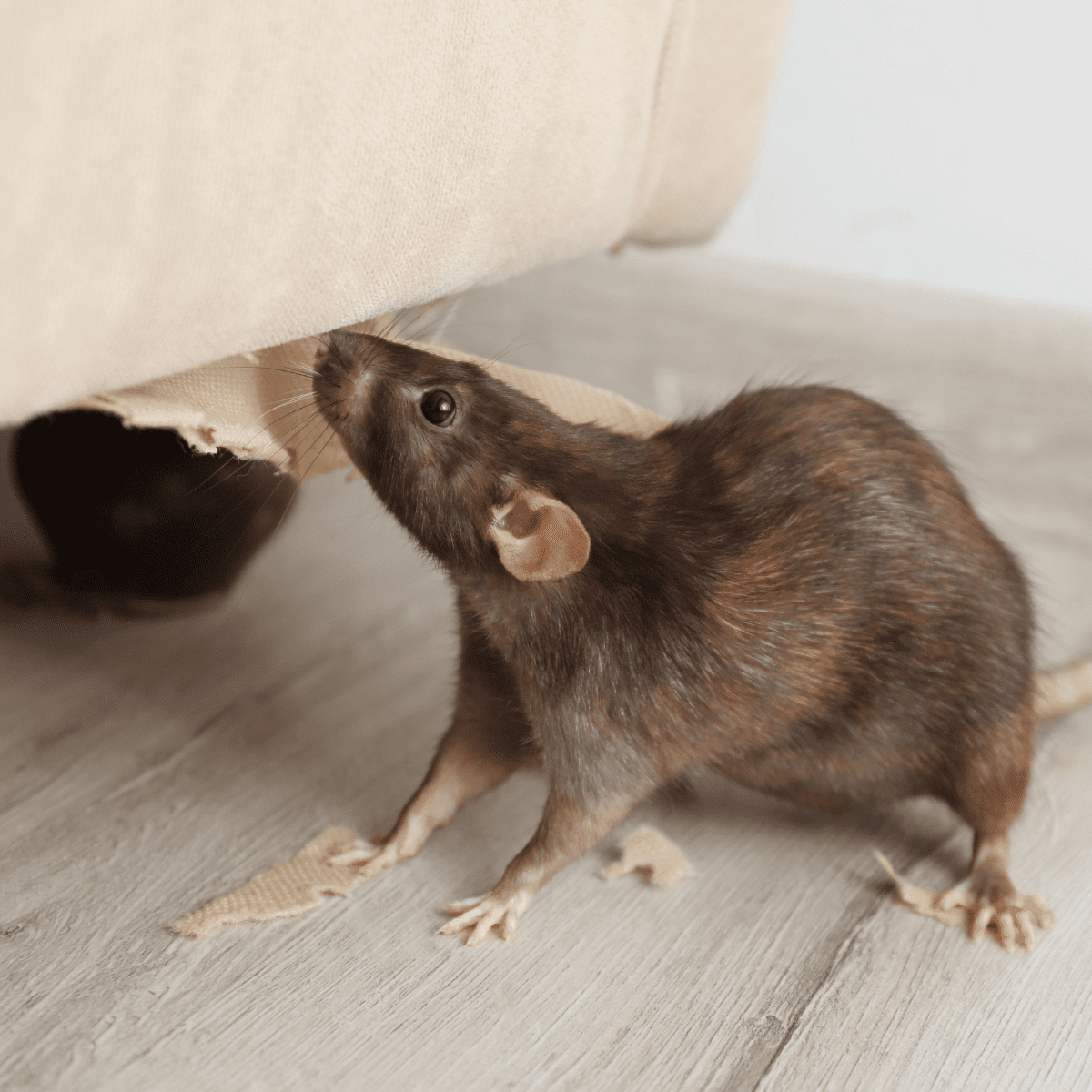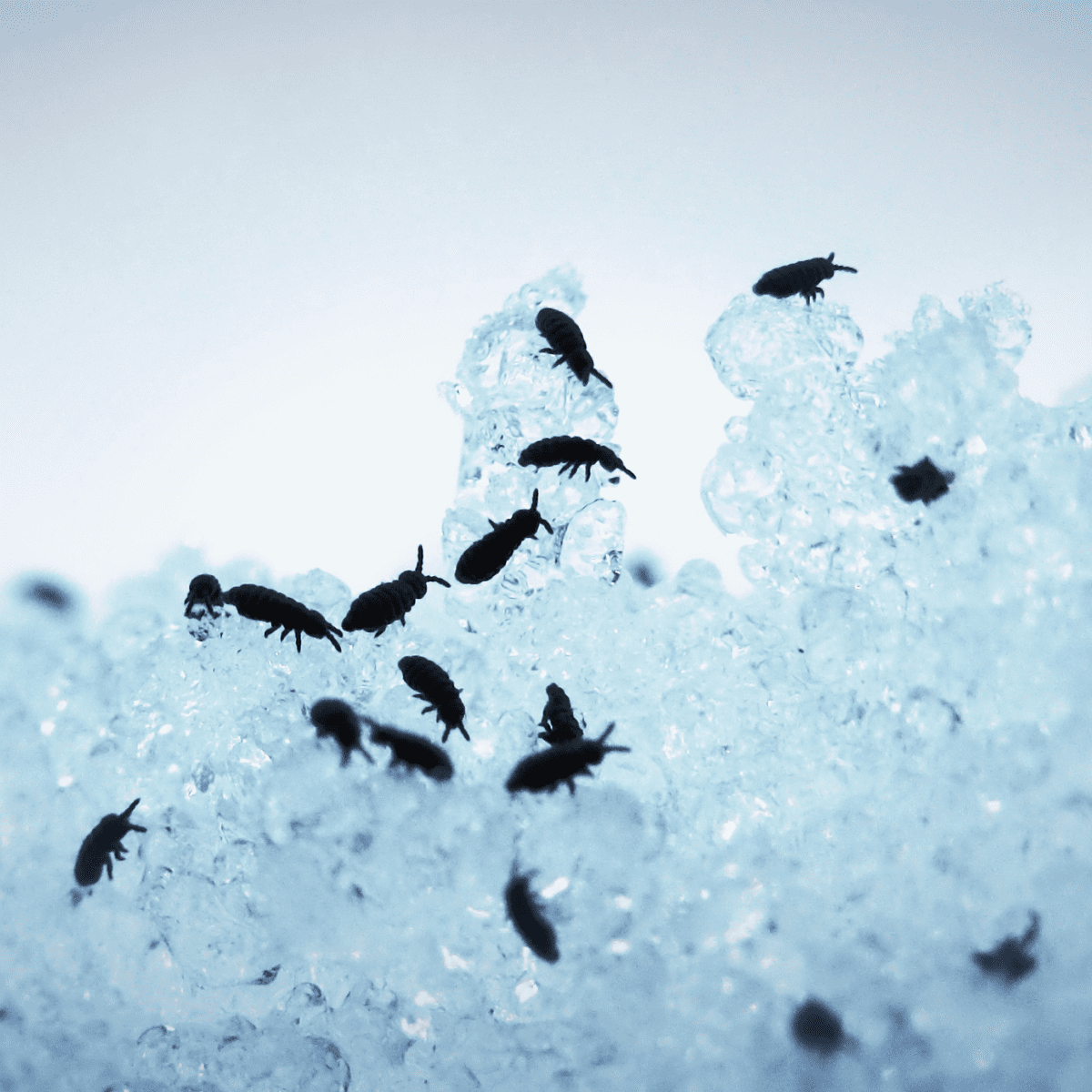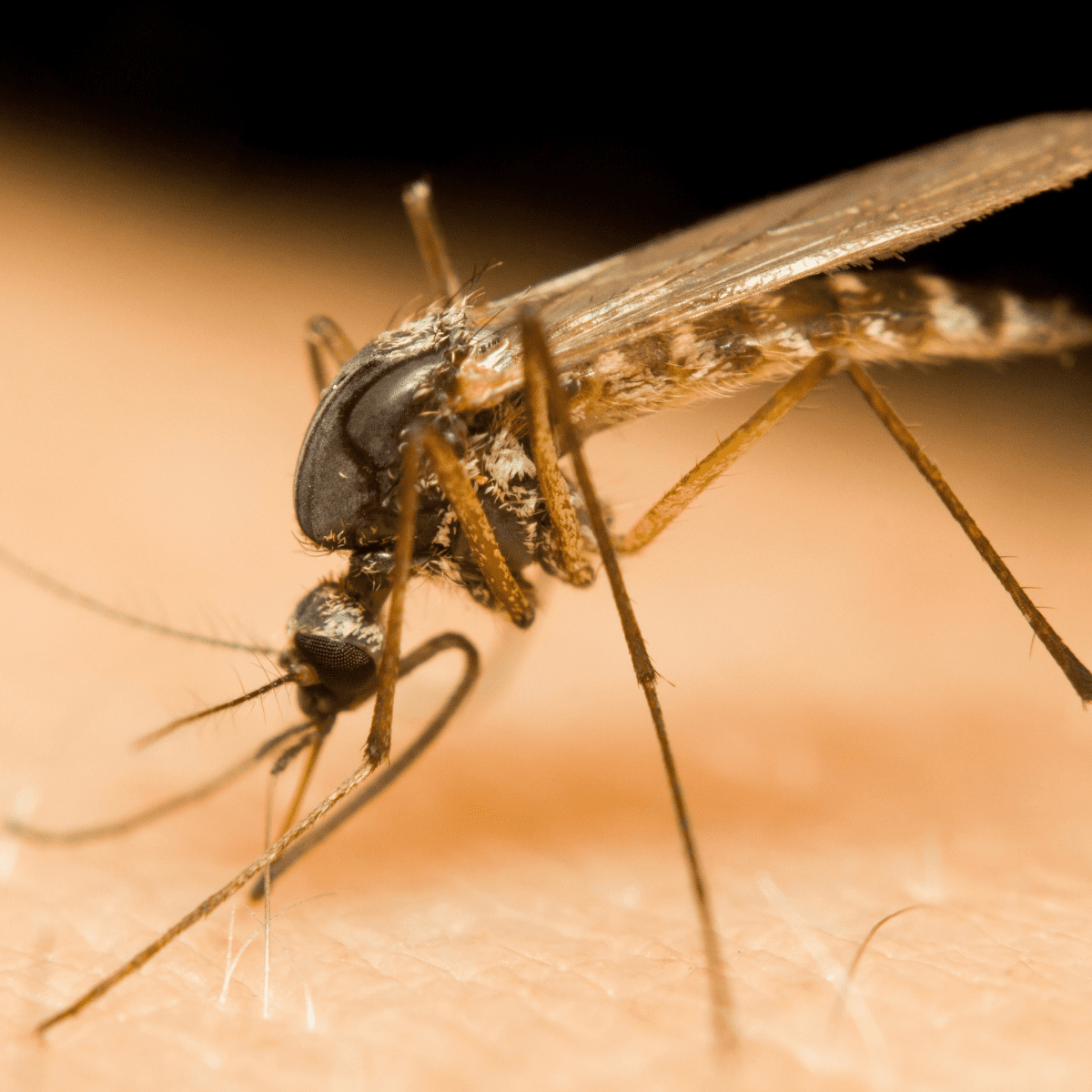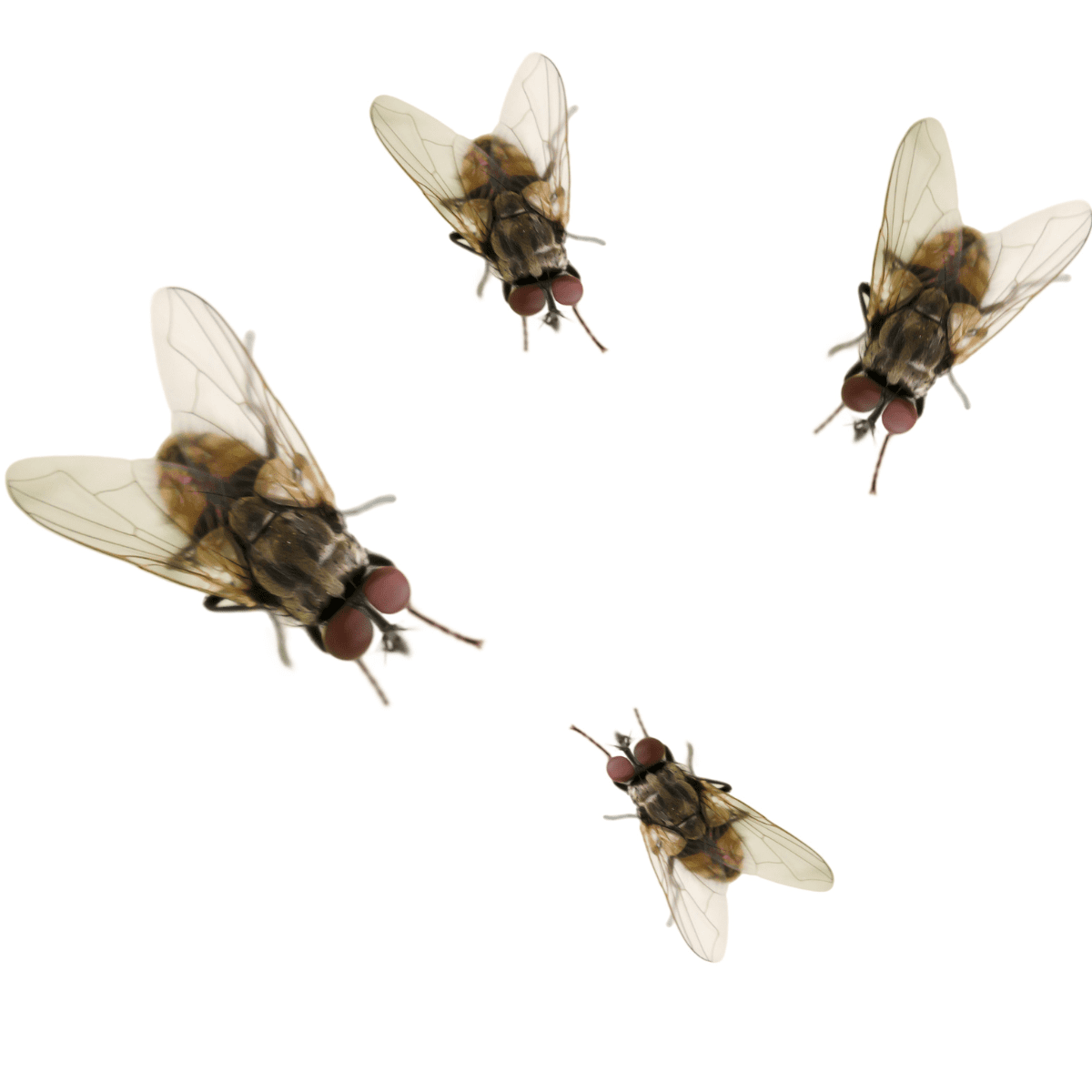Services
Comprehensive inspections and treatment methods with a focus on client satisfaction

What Can We Help You With?
We specialise in termite management and dealing with all the common pests you would find in your home. If you don’t see a pest listed, just ask us! Below we have gone into more detail about some of the more common pests you may be finding and how we can help you manage them.

Termites

Cockroaches

Ants

Spiders

Rodents

Fleas & Ticks

Mosquitoes

Flies
Termites
found termites?
Have you just found termites? Most commonly people find termites, or evidence of termites when cleaning or vacuuming. It can be distressing, and the first thing you will want to do is phone a pest control company to come and treat them. However, the first thing you need to do is tape over the damage you may have done, and DO NOT attempt to spray or treat the activity yourself. Then call your trusted pest manager for an inspection and treatment options.
Sometimes what you think is termites or termite damage can actually be wood decay or household ants, and sometimes what you think is just a bit of wood decay, or ants, can actually turn out to be termites. It always pays to get a thorough timber pest inspection done to clearly understand what may be occurring and whether further action is required. An annual timber pest inspection is an essential part of home ownership for the majority of Australians, especially in warmer climate areas. Most houses will at some time be affected by termites, so it’s essential not to develop the mindset of “it will never happen to me”. This short clip shows two situations where timber pest inspections would have saved the homeowners a lot of time and heartache –

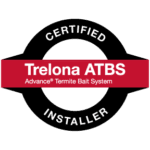
About our termite services
We specialise in providing our clients with regular visual timber pest inspections and these are generally an annual inspection that most property owners rely upon. Regular visual timber pest inspections are also a great way to keep informed of the condition of investment properties.
We also provide pre-purchase inspections, which can be requested by both the buyer and seller of a property. A buyer would use this inspection to have a clear idea of the status of the property from a timber pest stand-point. A seller may also request this service to be able to ready their property for sale by rectifying or adjusting the price of the property according to the likely cost of repairs if termites are present.
An inspection can tell you a lot about your property at the time of inspection, such as –
- Are termites active?
- Is fungal decay (wood rot) occurring, which may be the cause of moisture issues, rusted or blocked gutters, poor flashing, leaking wet areas – bathrooms & showers, etc.
- Have termites been active in the past? Sometimes evidence of previous termite activity can be found and may indicate the possibility of unseen termite damage.
- What termite management is currently in place or is needed to adequately protect your investment?
- What conducive to timber pest conditions are present that need to be addressed to help alleviate the pest pressure? This might be from poor drainage and leaking plumbing or moisture outlets draining too close to sensitive areas, timber debris or stored timbers, dead or suspect trees, termite nests close to buildings, and the list goes on.
Recommendations are there to be followed and are there to reduce the risk of future damage to your property.
Cockroaches
seen cockroaches?
If you’re seeing one or two cockroaches in your home it could be an indication of infestation. Cockroaches spend most of their lives in harbourage, they are prolific breeders and can breed without a partner. When you see a cockroach in the middle of the night, it is likely you are only seeing a small number of the actual population growing in harbourage. Consultation with a qualified pest management technician is the first step to managing this problem..
more information
Cockroaches enter your home in many ways – they can fly in, be carried in with your groceries or delivery boxes, they can make their way in through drains and under doorways. There are numerous ways for them to enter a dwelling unseen, so making your home less homely is the key. Practicing good hygiene in relation to food and dishes, sealing entry points where possible and rectifying any moisture issues are a few ways to do this. Cockroaches are positively thigmotactic, which means they seek contact with other objects. Reducing the amount of clutter in a premises gives them less options on where to hide and allows for more adequate cleaning of potential harbourage spaces.
Treatment is most often assessed by asking a few questions and doing a little investigating. Often cockroach treatment can be as simple as using a gel near their harbourages or treating under a wet area via the use of an aerosol to draw them out. But often cockroaches fly in or enter through gaps such as weepholes, tongue and groove walls, joints/gaps in concrete, and it is necessary to treat these external areas as well. Cockroaches also harbour in sheds and fly into dwellings at night, so treatment of sheds and other outdoor spaces can be advantageous.
Ants
ants a problem?
Ants aren’t just unsightly, they can cause damage to timber, carpets, gardens, plants, paved areas and the general standard of living in and around a dwelling. An ant bite can cause reactions and stings can be painful. With experienced inspection and treatment, long-term eradication of ants from your home can be achieved.
More information
When inspecting a building with an ant concern, we attempt to follow where the ants are tracking, to find their entry point. If this can be established, we will consider how to inhibit their entry. Gel baits, a food grade source with imbedded chemical, work very well to eliminate ant and cockroach colonies. The use of granular ant baits is also very effective, whereby the ants return the granules to the nest which eventually eliminates the colony. If the queen dies and is no longer reproducing, the colony cannot survive. Chemical spray applications are also very effective in treating large areas. Our ant treatment options are broad and effective for many and varied situations.
Spiders
Spiders taking over?
Spiders strike fear into many, so fortunately they can be reduced to near non-existence in your home. While the majority of spiders are not harmful to humans, their webs are unsightly and can cause allergy and discomfort for some people. Spiders are prolific breeders but controlling their numbers can be achieved through a general pest control service of your property, by a qualified pest management technician.
more information
Spiders make their webs to catch their prey, for some spiders these webs are eaten in the morning by their owners, to feed on the micro-organisms caught by the webs. But more often the webs are permanent, and families are raised in these little homes. The webs of our most common house spiders are located on external walls, eaves and gutters, window and doorway gores {esp. screen doors}, behind and under stored items and furnishings. Internally, spiders – most commonly the Daddy-long-legs – can be found webbing in corners, around light and fan fittings, vents and underneath everything. Red-backs are often hiding around your eaves and gutters, around the lips of planter-boxes and outbuildings and underneath everything and anything. Spider management is my speciality and I enjoy treating badly infested homes! If your premises are infested it is strongly recommended that you clean down your house and de-web your internal areas just prior to our arrival. This is because we have a comprehensive method of treatment and a clean house will remain clean of webs and spiders after treatment. We do not recommend cleaning your property after treatment as it will affect the longevity of the service.
Rodents
Mouse in your house?
Rats and mice in and around the home are a potential health and safety risk. Along with the diseases they carry and their desire to seek out food sources in pantries and cupboards, they themselves are a sought-after meal for snakes. If they enter a ceiling they may chew through wiring and cornices, they also defecate constantly creating odour and mess. Consult a qualified pest management company to discuss solutions to this problem.
more information
Rodents are feared for good reason, they are disease carrying and destructive. The term rodents used here refers to rats and mice who may enter your dwelling via overhanging foliage from trees and other vegetation, or via such things as air conditioner conduits/shrouds and open doors, holes in eaves and gaps in walls. Long grass and thick vegetation can make ideal homes for rodents to breed and forage safely. It could be that you live behind some scrub or perhaps your neighbours are not too particular with their yard/s allowing populations to harbour.
Rodents can be treated easily enough in most situations in suburbia via the use of rodenticides. Most often the rodenticide is in block or sachet form and is skewered onto a wire or plastic catch inside a tamper proof station, to prevent children and dogs from accessing the contents. The rodent can readily enter one of these stations and access the delicious bait inside, however baiting mice and rats still requires consideration. Rats are neophobic (they fear anything new) and therefore won’t just wander into a station, they will be afraid of the different situation and maybe even completely avoid it if it is not placed well. Rodents tend to follow known safe routes and placing stations on these routes is key to fast control. Mice aren’t so afraid of change and are more likely to go out of their way occasionally. Obviously rats are larger than mice and therefore require a larger dose of poison to be lethal. Neither mouse nor rat will just sit at a station and munch on all of the placed bait, they tend to feed throughout the night in various areas, making it is necessary to place stations in several areas so as to ensure feeding happens at more than one location. Once the rodent has fed on enough bait, they will may look for a water source and will often die at that location. This could be behind your fridge, the water in a bird cage or pet bowls.
Non chemical control methods such as traps and glue pads are also available however CPI avoid these techniques in preference of methods that produce a swifter, more humane result. There are some very good trap systems available however, into which rodents can be lured using grains or any number of attractive food sources.
Fleas & Ticks
Flea & Tick problems?
Fleas are one of those pests that affect the whole family as they cause frustration and can require regular intervention. Fleas lay their eggs in the ground and the pupa can lay dormant for many months or even years. Pupa will hatch with the introduction of vibrations usually caused by playing animals, and all of a sudden….your dog has fleas.
Ticks lay in wait on the edges of low hanging foliage and on the tips of grass for a host to wander by. They live also in cracks and crevices, and can often be seen scaling an external wall of a house. Ticks are arachnids, and some can be fatal (eg the paralysis tick) so treatment is of benefit to humans as well as our pets.
A qualified pest management technician will be able to discuss your treatment options and advise the best course of action for your specific needs.
more information
If you do have pets, it is likely that your flea and tick issues will be more persistent. Cats and dogs don’t sweat like we do, they sweat through their tongues and fleas enjoy this environment. If you let your pets inside the house, and especially if you have carpet or timber floors you have a high chance of introducing fleas into your living areas. Even if you don’t let your pets in, you may bring the fleas in via your socks so always take them off before re-entering your dwelling. Fleas can be an issue even if you don’t own a pet. A heavy downpour of rain can shift fleas from one area to another, but treatment is also made more effective with this knowledge. By wetting the flea effected areas prior to application of chemical you get a more desirable outcome. This is because fleas can’t breath under water and rise to the surface where they come in contact with the active ingredient and die. It is very important that your pet/s are also treated for fleas and ticks on the same day as a treatment is carried on a dwelling.
Fleas are most active in shady areas, and at certain times of the day. You may find they get on your lower legs or ankles while you’re outside and on one side of the house, but only in the mornings for example. This is because of the shadow thrown by the house and so we concentrate on these areas when carrying out treatments. If infestation has occurred inside the dwelling, application of flea treatment will need to be applied to carpets and sometimes in between floorboards. Keeping pets out until flea activity has ceased is strongly recommended. After treatment has been completed it is best to let your dog back out into the yard or under your house to run and play as usual as this will cause the vibrations that bring the rest to the surface to meet their doom!
Treatment for ticks is generally easy, but does require a bit more detailed application. It is recommended that overgrown lawns and overhanging, low foliage be trimmed and mown prior to service being delivered. In fact, this is recommended prior to both flea and tick treatments as it allows for better chemical coverage. Just remember to get rid of clippings straight away or get them treated as well.
Ticks are usually not a problem inside a dwelling, although the construction methods of some houses may provide harborage. If this is the case then treatment inside the dwelling should be carried out as well.
Mosquitoes
mosquitoes biting?
Mosquito populations increase as the temperature rises, so summer fun is often interrupted by these small pests. Warm temperatures help mosquitoes pass through their life cycle faster, so more are laying eggs and more eggs are hatching. They bite and buzz and not only impede outdoor enjoyment, but disease epidemics from viruses spread by mosquitoes are occurring more often. Viruses such as dengue fever and Ross River are spread via mosquito bite so it is beneficial to be aware of how best to manage them and reduce the risks of infection. A qualified pest management technician can provide you with management strategies to limit these risks and enjoy your outdoor spaces in comfort.
what we recommend
- clean up your backyard and remove all water-holding rubbish, including tyres and containers
- keep your lawns mowed
- flush and wipe out bird baths and water features regularly
- fill pot plant bases with sand to avoid standing water
- store anything that can hold water undercover or in a dry place and keep bins covered
- flush out the leaves of water-holding plants such as bromeliads regularly
- keep drains and roof guttering clear to avoid standing water
- cover or screen the openings of septic tanks and rainwater tanks
Flies
flies an issue?
Flies are attracted to humans because we give off carbon dioxide. They use the CO2 to track food sources and all the sweat and oils on the human body secreted by humans’ skin is an excellent source of food. Flies regularly feed on pet faeces, vomit, dead animals, food waste and many things we can’t even see and therefore carry a myriad of diseases. Though the chance of human infection from a fly in regular situations is low, the frustration of trying to eliminate them from within your home can be overwhelming. A qualified pest management technician should be able to suggest ways to decrease these vermin and assist you to enjoy a pest free environment.
more information
Flies tend to land on surfaces near door and window screens, wheelie bins, faeces and dead animals – all great food sources and entry points to obtain food.
As with most pests, knowing where flies are concentrated can help in controlling their numbers. This can be achieved with well placed fly traps, or through the application of a fly specific product to the surfaces on which flies commonly land. Through the practice of some simple steps around the home, fly populations can also be reduced. These include –
- use a bin liner in wheelie bins and seal rubbish bags before depositing them
- clean all bins regularly
- flush floor waste drains regularly
- dispose of pet faeces daily
- ensure surfaces are free from food waste
- seal food containers once they have been opened
- ensure toilets are cleaned regularly
Got a Question?
If you have a specific pest-related question or need advice, feel free to contact us—we’re here to help!


